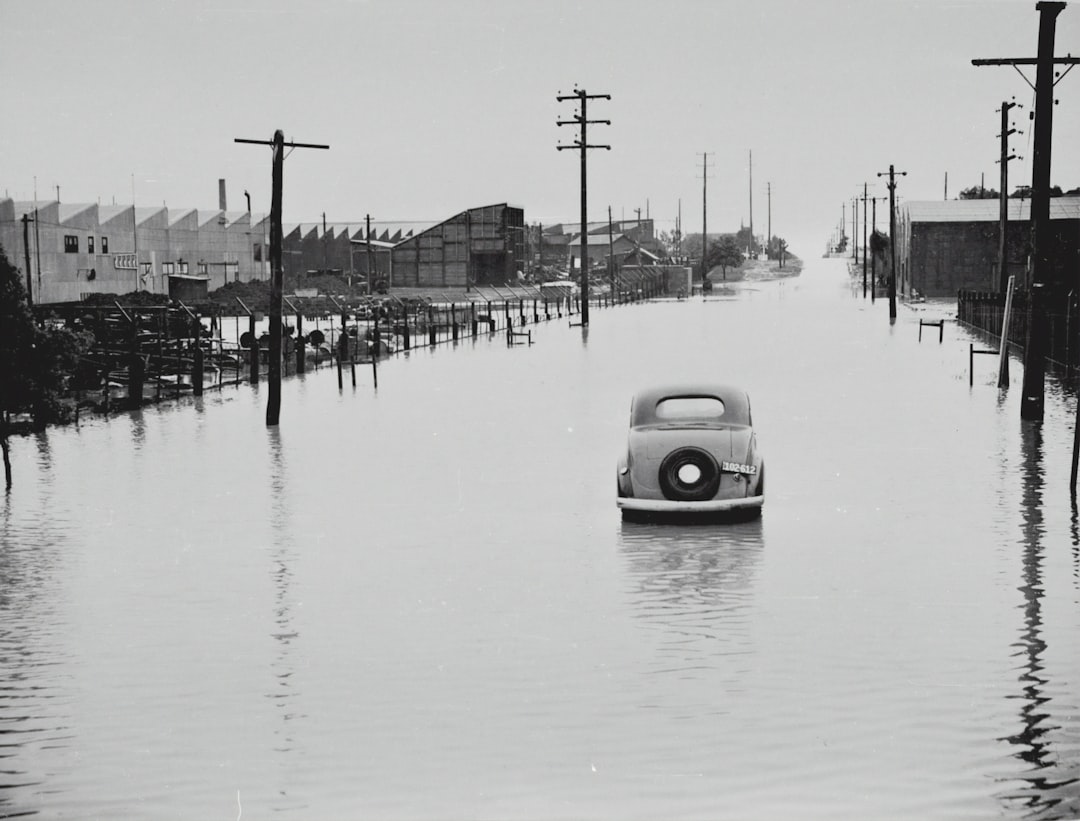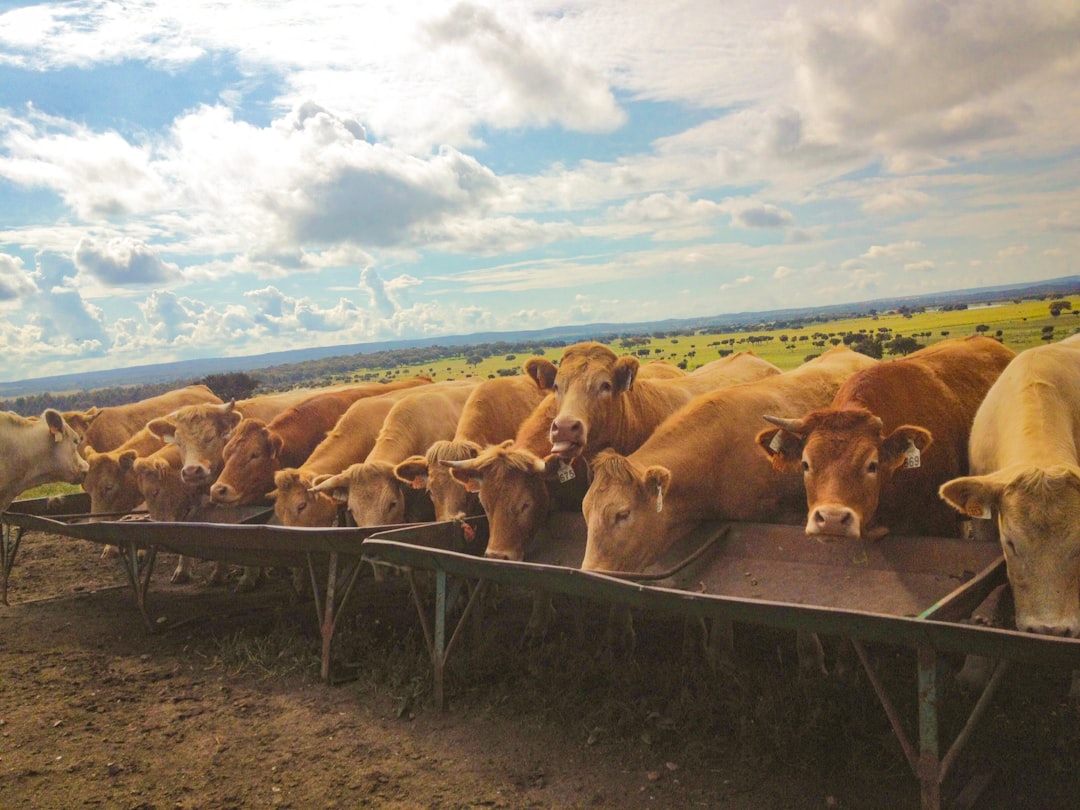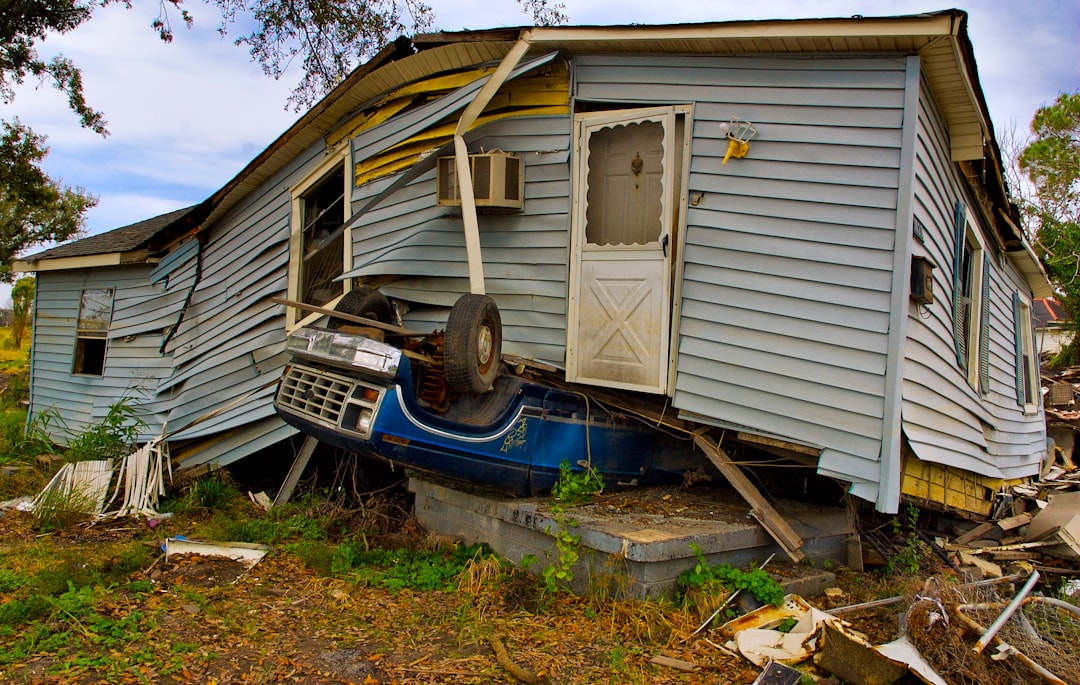What is it about?
In his thesis, INTEGRATIVE COMMUNICATION FOR ORGANISATIONAL SUSTAINABILITY, Dr Adriaan Louis Taljaard investigated the role that an integrative communication function plays (with the major constructs representing it being messaging, structure, management, core competencies, dynamic capabilities, co-value-creation) in organisational sustainability. A strong theoretical framework was developed, which acts as a platform for the conceptualisation and operationalisation of the study. The framework encompasses and represents several subject fields, covering financial management, business management, human resource management, communication management and law.
Featured Image

Photo by Sharon McCutcheon on Unsplash
Why is it important?
The managerial implications of the study’s findings highlighted the importance of the role of the integrative communication manager and the strategic positioning of the function in the organisation. The findings indicated that integrative communication has a strategic communication function among various departments in the organisation. It therefore must include the right capabilities and competencies to add value to the organisation
Perspectives
I hope this article makes it easier to understand the concept of Integrative Communication, a fairly new area of research with not much literature to be found. Two key outcomes of the study are: 1) An important contribution of the model to the academic field of strategic communication management was the unique Structural Equation Modelling (SEM) that was conducted to determine relationships between the integrative communication constructs and sustainability constructs. 2) What emerged from the analysis was that a new construct, ‘strategic inclusion’, was developed and should be investigated in the academic field of communication management.
Adriaan Taljaard
University of Pretoria
Read the Original
This page is a summary of: Integrative communication for organisational sustainability—An integrative communication relationship model as communication management tool, Journal of Public Affairs, May 2019, Wiley,
DOI: 10.1002/pa.1957.
You can read the full text:
Contributors
The following have contributed to this page










